Rikidozan - The Tragic Hero of Japanese Wrestling
I've wrestled against Rikidozan's son and grandson
As someone who has personally wrestled with Rikidozan's son and grandson, and who knows the daughter of the man who ultimately ended Rikidozan's life, I feel a unique connection to this larger-than-life figure in Japanese wrestling history. Today’s Substack post is about the complex story of Rikidozan, a man who rose from discrimination and slavery to become a national hero, only to fall victim to his own demons.
If you like these kinds of stories, you may like the road I took to becoming a professional wrestler in Japan. I started out with former WWE Superstar Tajiri before joining to The Great Muta’s group Wrestle-1 and also spent stints in AJPW and Pro Wrestling Noah to name a few.
Born Kim Sin-rak in 1924 in Japanese-occupied Korea, Rikidozan's story begins with hardship and discrimination. As an ethnic Korean in Japan, he faced systemic prejudice that would shape his entire life. To escape poverty, he entered the world of sumo wrestling, adopting the ring name Mitsuhiro Momota to hide his Korean heritage.
After World War II, as Japan reeled from defeat, a unique opportunity arose. The American occupiers were looking for ways to boost morale and showcase American-style entertainment. Professional wrestling fit the bill perfectly, and Rikidozan was chosen to be its face in Japan.
Why Rikidozan? His sumo background gave him the physicality needed, but more importantly, his ambition and drive to succeed made him the perfect candidate. Here was a man willing to reinvent himself, to become whatever Japan needed him to be.
Rikidozan threw himself into professional wrestling with the same intensity he had applied to sumo. He trained in the United States, learning the theatrical aspects of the sport alongside the physical techniques. When he returned to Japan, he was a transformed man.
In the ring, Rikidozan became a symbol of Japanese resilience and strength. He frequently defeated American wrestlers, giving the Japanese people a much-needed sense of pride and redemption after the war. His matches drew massive television audiences, with some reports claiming that crime rates dropped to near-zero during his broadcasts. In fact, to be an opponent of Rikidozan’s in those days you needed to be over 6’0 and blonde with no Japanese. Nobody cared if you could actually wrestle.
The Dark Side
But the Rikidozan I heard about from those close to him was a far cry from his public image. He was known to be a terrible alcoholic, prone to violent outbursts, going around and smashing up hotel and pub after hotel and pub, not giving a hoot about the damage he was causing. His rise to fame and fortune led him into the murky world of the yakuza, Japan's organized crime syndicates, who controlled all the tickets and the money that professional wrestling made.
Rikidozan's connections to the underworld were an open secret in certain circles. He used these ties to further his wrestling promotion, but they also fueled his worst tendencies. The man who was a hero in the ring became a liability outside of it.
The true story of Rikidozan's death reveals a man who, despite his larger-than-life persona, was ultimately undone by his own choices. On December 8, 1963, Rikidozan was involved in an altercation with a yakuza member named Katsushi Murata at the New Latin Quarter club in Tokyo. During the incident, Murata stabbed Rikidozan with a urine-soaked blade. Some sad he had it coming, others say Murata should have known better.
While the initial wound wasn't immediately life-threatening, it was Rikidozan's subsequent actions that sealed his fate. He was hospitalized and treated for the stab wound, which had become infected. The doctors explicitly warned him not to consume any alcohol upon his discharge, as it could interfere with his recovery and medication.
However, Rikidozan was a addict. He disregarded the medical advice. As soon as he was discharged from the hospital, he immediately started drinking alcohol. This decision proved fatal. The combination of the infection, his medication, and the alcohol led to a rapid deterioration of his condition.
Rikidozan died on December 15, 1963, just a week after the initial incident. His death was a direct result of his inability to abstain from alcohol, even in the face of clear medical warnings. This final act of defiance against medical advice tragically cut short the life of one of Japan's most iconic sports figures.
Rikidozan's legacy is complicated. He was a pioneer who almost single-handedly established professional wrestling in Japan. He became a symbol of post-war Japanese resilience and pride. Yet, he was also a deeply flawed individual, struggling with addiction, violence, and his own identity in a society that never fully accepted him.
As someone who has interacted with his descendants and those connected to his story, I've seen firsthand how Rikidozan's influence continues to ripple through the world of professional wrestling and Japanese society at large. Wrestling his son and grandson gave me a unique perspective on the family's wrestling legacy and the weight of carrying the Rikidozan name.
Rikidozan was a national hero with a hidden identity, a powerful figure who fell victim of his own vices, a wrestler who could defeat any opponent in the ring (some didn’t play ball and were never seen back in Japan again) but couldn't overcome his personal demons outside of it.
Rionne McAvoy is the director of the award-winning documentary The One's Left Behind: The Plight of Single Mothers in Japan, showcasing his dedication to addressing pressing social issues. A committed documentary filmmaker and professional wrestler, he explores critical themes with passion and insight. Additionally, he has a keen interest in post-World War II Japan, particularly the intricate connections between politicians and gangsters during that era. Known in the wrestling ring as Rionne Fujiwara, he brings the same determination and storytelling prowess from his wrestling persona to his filmmaking endeavors.

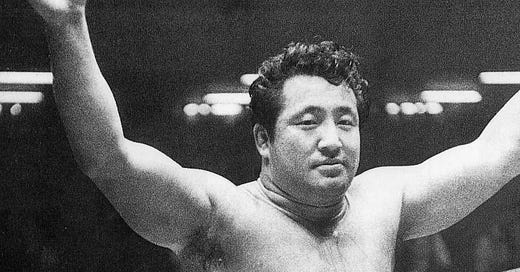


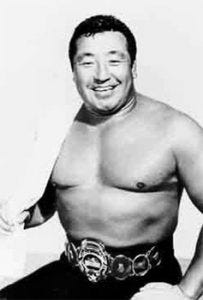
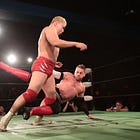

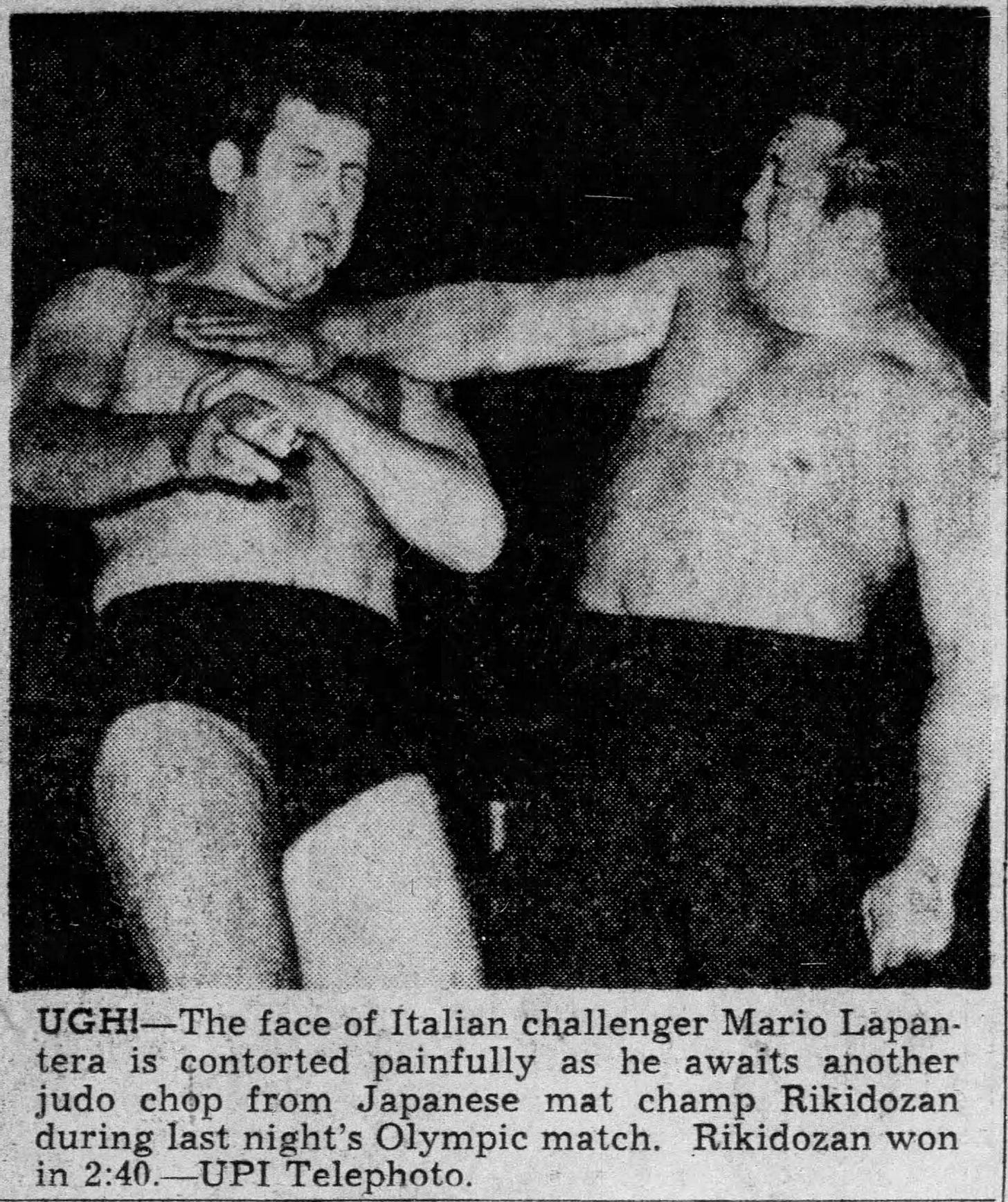

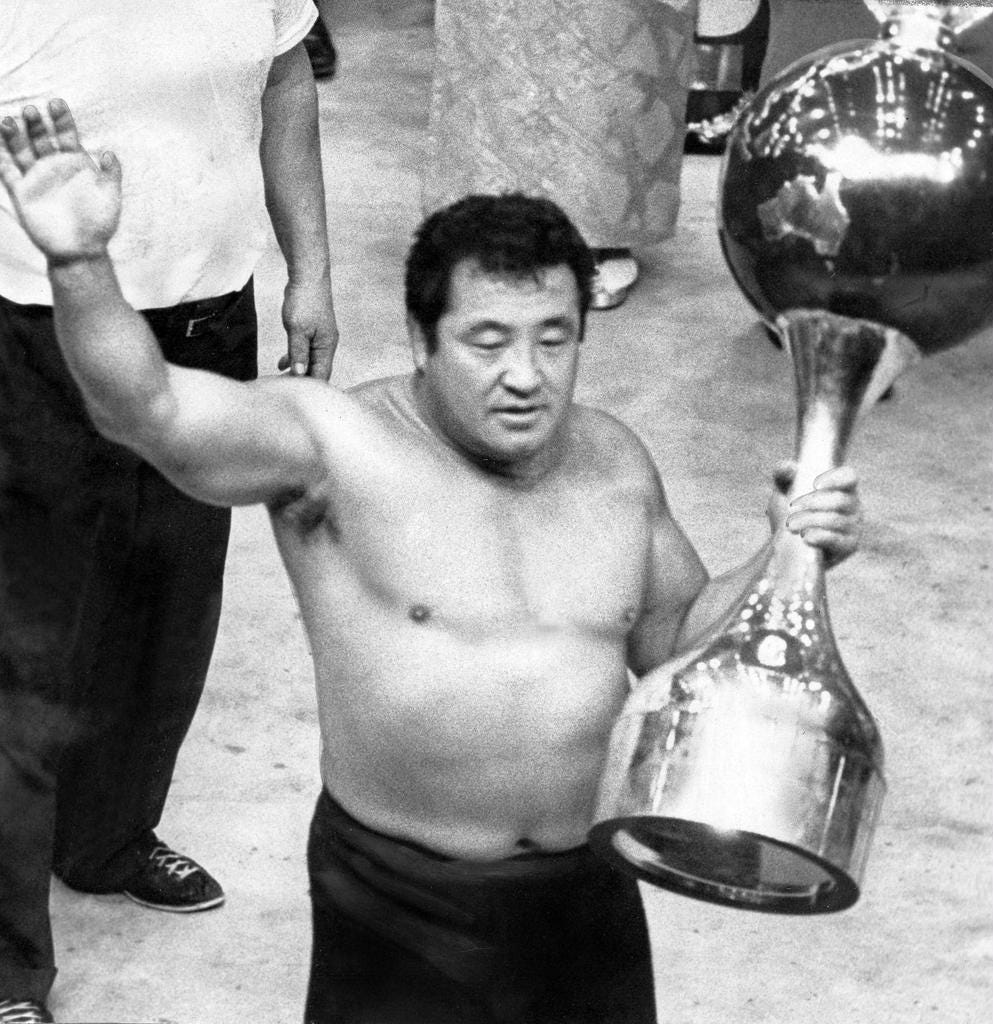

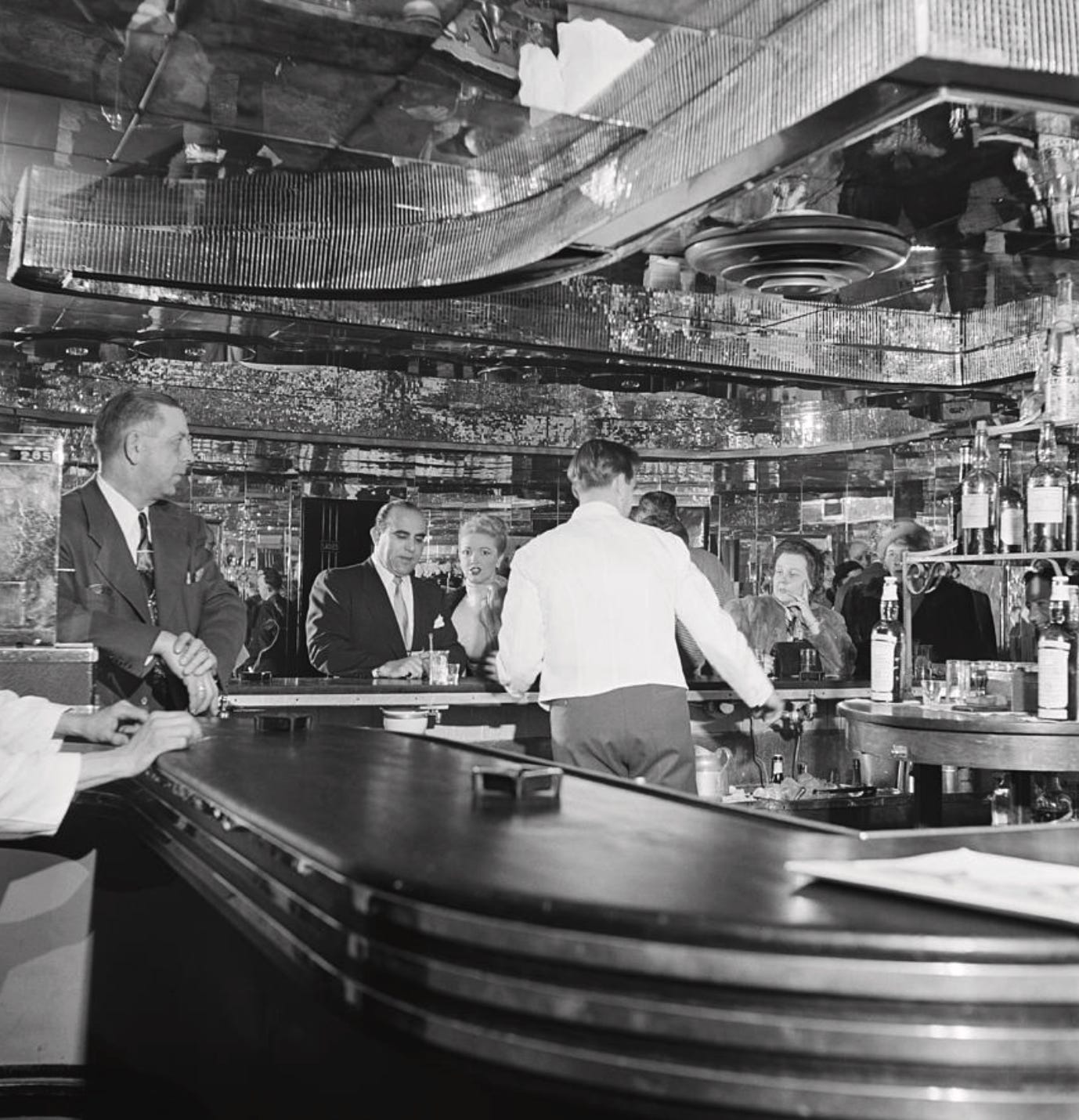
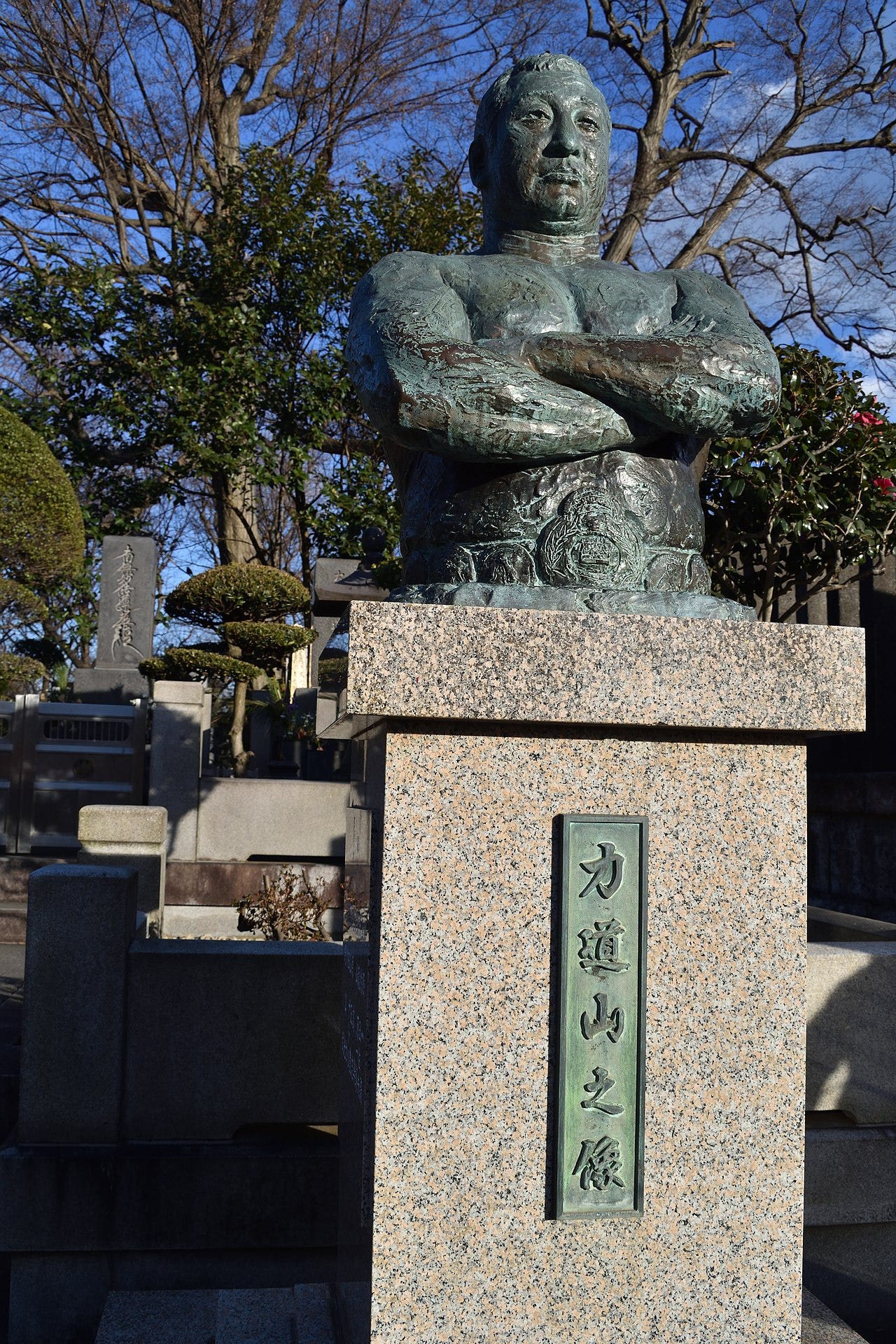
![[RIKIDŌZAN], Suite of Photos Showing the Iconic Wrestler in the U.S ... [RIKIDŌZAN], Suite of Photos Showing the Iconic Wrestler in the U.S ...](https://substackcdn.com/image/fetch/$s_!keNR!,w_1456,c_limit,f_auto,q_auto:good,fl_progressive:steep/https%3A%2F%2Fsubstack-post-media.s3.amazonaws.com%2Fpublic%2Fimages%2F295b57cc-9d38-4bad-bbef-8944004dc286_1985x2400.jpeg)
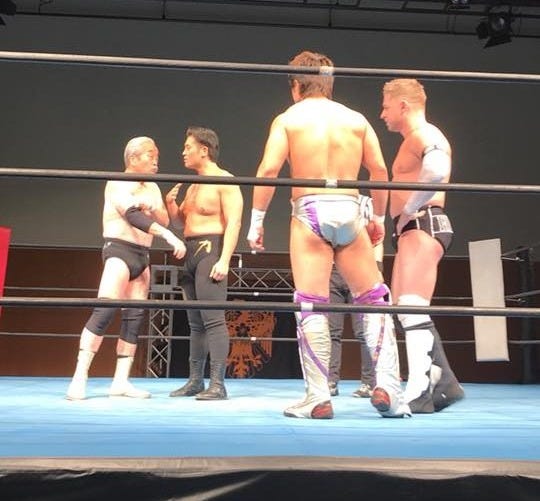
Excellent column, RIonne, as usual. A couple of minor things. The New latin Quarter opened in the alte 50's. Your photo is of the original Latin Quarter which burned down in 1956 and was replaced by the New Latin Quarter shortly thereafter. Also, as I understand it, Riki contracted peritonitis and died during subsequent surgery at the Sanno Hospital because doctors miscalculated administered an overdose of anaesthetic.